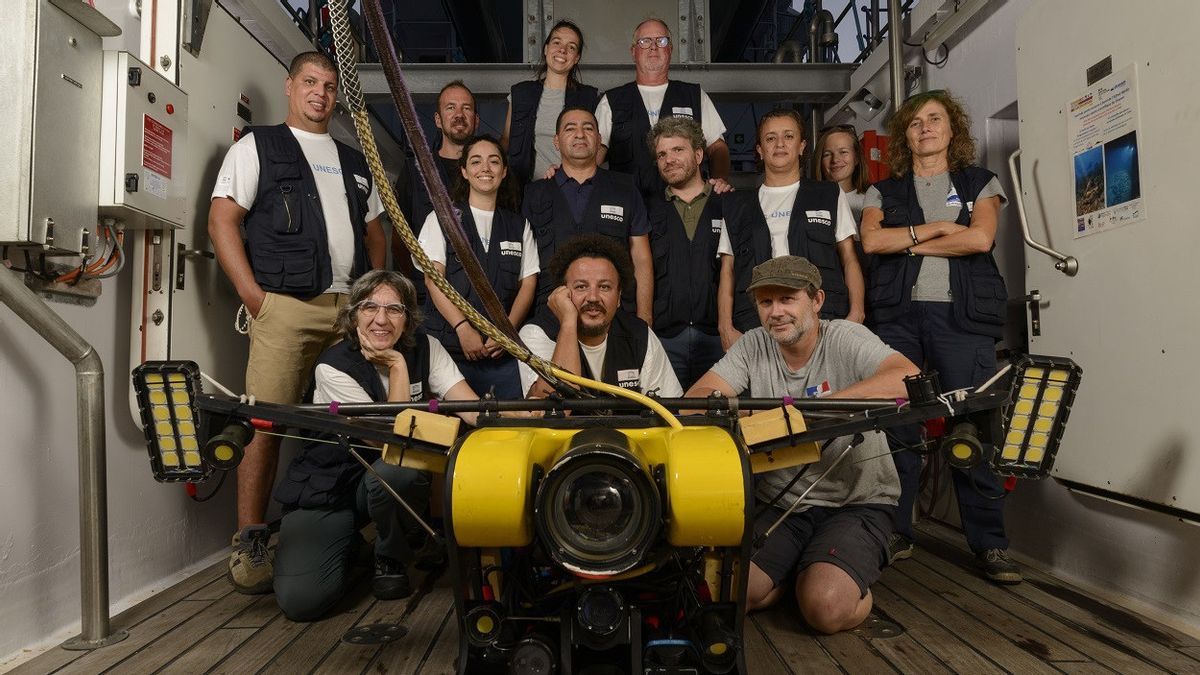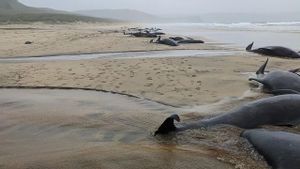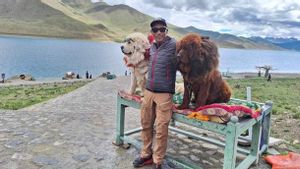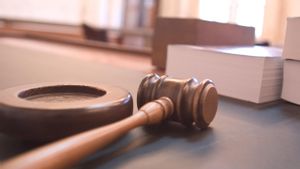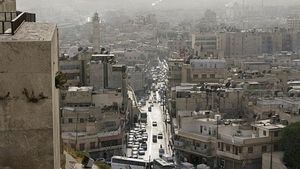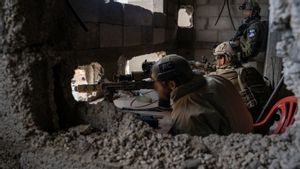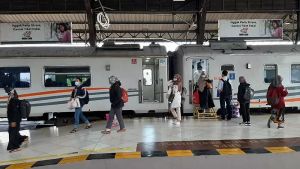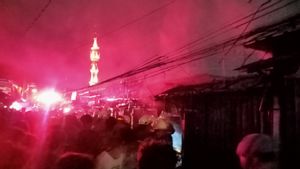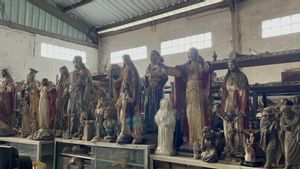JAKARTA - For thousands of years, the Mediterranean dangerous maritime route along the Skerki Bank (Skerki Banks) has a very important strategic interest for the conquests, as well as a treasure for the looters.
This place is a burial ground for hundreds of ships that have sunk in fighting from ancient times to modern times. Or become victims of non-stop opposite currents and a series of threatening rocky heights hidden beneath the surface.
Some time ago, a team of international underwater archaeologists was able to uncover a little secret that lies well below the surface of the area's water.
In the largest and most ambitious international mission ever performed under the auspices of UNESCO, experts from Algeria, Croatia, Egypt, France, Italy, Morocco, Spain and Tunisia mapped a 10 km square seabed area, in an effort to study and protect their underwater cultural heritage.
Two multibeam robots and sonar were used to document the remains of six ship wrecks dating from ancient to 20th century. Three of them were previously unknown.
The multilateral team for this mission, which has been planned for four years, finally worked together for two weeks last year, before launching their findings last month.
"Underwater heritage is very important," UNESCO archaeologist Alison Faynot told The National News as quoted July 20.
"You think that underwater cultural heritage is very protected and unaffordable, but actually very fragile, and only by changing the environment or seabed can have a very dangerous impact," he explained.
"People see underwater cultural heritage as a treasure and something to collect. But actually underwater cultural heritage is very important. All the small details give us so many clues about where we come from," he said.
"In the Mediterranean, this shows why this means a lot because eight countries are involved and united because they want to share a legacy. Undersea cultural heritage is not a treasure, it is vulnerable and therefore we really need to protect it and educate the public to protect it," he explained.
The group's mission consists of two self-projects focused on conducting a thorough study of the Skerki Banks on the take-off of the Tunisian contingent. As well as following in the footsteps of US archaeologists, Robert totaling and Anna Marguerite McCann, in the Sicily Strait.
While conducting a full-scale survey on the seabed around Keith Reef, a dangerous zone in Skerki Bank, they found three previously unknown ship wrecks: one, believed to be a merchant ship dating back to the 1st century before Masehi; and two, a metal boat and a wooden ship, from the late 19th century or early 20th century.
Archaeologists used a robot named Hilarion, which spent 18 hours underwater, to verify and document newly mapped area targets, and multibeam sonar collects more information about the area.
Three Roman shipwrecks were found on Italian continental shelf during theio-McCann expedition from the 1980s to 2000 were also documented in high-resolution images by a robot called Arthur, weighing less than 80 kg, with adequate lighting and capable of diving to a depth of 2,500 meters.
Such underwater heritage is prone to exploitation, tiger trawler and fishing, human trafficking, and the impact of climate change, so the purpose of this mission is to determine the right zone where many of the ship's carcasses are located and document as many artifacts as possible.
As a continuation of the UNESCO 2001 Convention's framework on the Protection of Underwater Cultural Heritage for areas outside territorial waters, the project was originally launched in 2018.
"We have eight countries working together to protect a shared legacy," Faynot explained.
"We chose this area as the first, because Italy came to us in 2018 and told us about some of the shipwrecks. It was a very dangerous area and we wanted to protect the wrecks there. It was dangerous for the robot... we have to hope the robot is not trapped," he said.
"This robot can catch objects and blow air on them and push sediment so we can see what's there," Faynot continued.
"This mission can be implemented because France provides us with access to ships and robots that can enter the sea. The available technology allows us to do this work," he said.
Together, the two robots recorded 400 hours of video footage and took more than 20,000 pictures.
Archaeologists discovered conditions for the preservation of the ship's carcasses and artifacts discovered byctiona and McCann were almost the same as nearly 30 years ago. New photos and videos with higher resolution helped characterize and date ship cargoes.
However, the three discoveries on the seabed of Tunisia are very encouraging, not only because of their existence, but also the potential they may show for other archaeological relics that are still 'disclosed' on the seabed.
"When we found the new ships, we were relieved that all the effort we had made, and there were still things we could learn from the heavily looted area and there was still something to protect," Faynot explained.
"We only feel joy and joy because there is still much to be learned. We want to return to these sites with other missions because there may still be much to be found," he said.
"Every step we take is a lesson for us. We now have to work together to protect it. Surveys and missions are the answer, as is education as a first step to protect it," Faynot said.
اقرأ أيضا:
The team did not take objects from the ships, but hoped to return with more advanced technology in the future.
"This technology is slowly evolving, that's why it's so important not to pick up and collect artifacts, we decided collectively not to do it, we have documented it so we can come back probably with a better tool," Faynot said.
"We are eager to return to Tunisia and dive there and conduct surveys with humans, not with robots. There are many areas in the world that we want to visit next," he concluded.
The plan, a documentary about their work will be shown in Paris later this year.
The English, Chinese, Japanese, Arabic, and French versions are automatically generated by the AI. So there may still be inaccuracies in translating, please always see Indonesian as our main language. (system supported by DigitalSiber.id)
